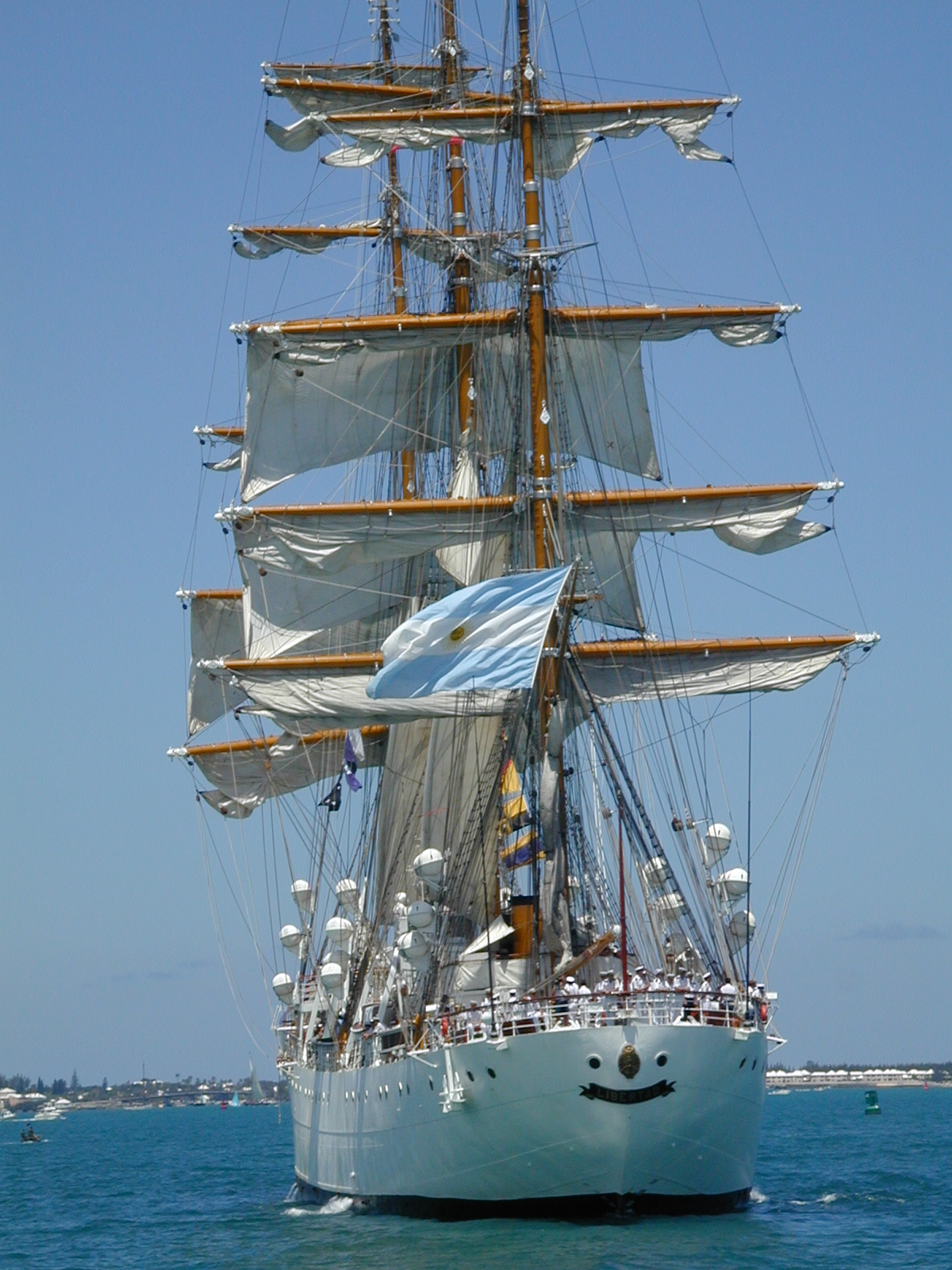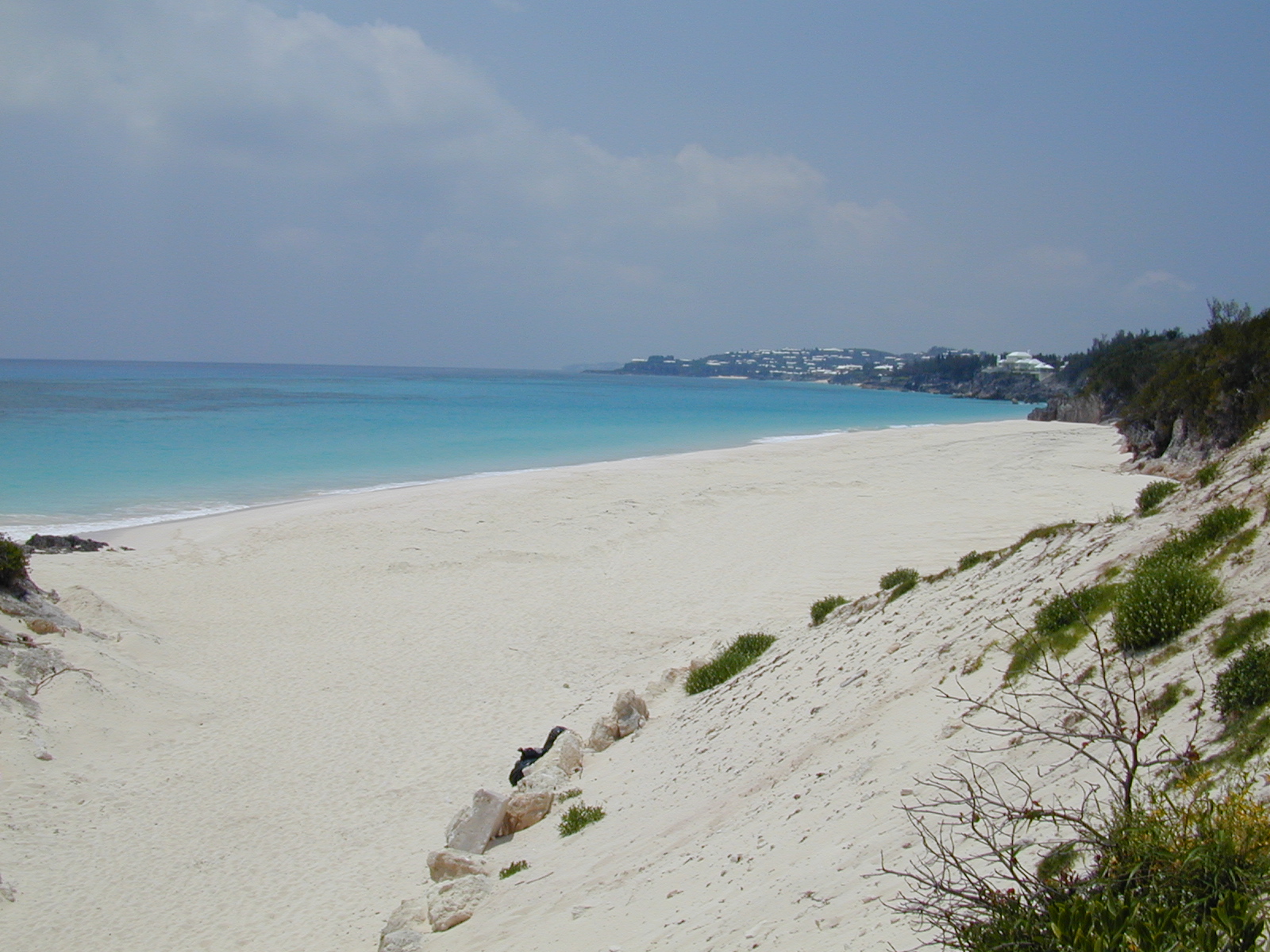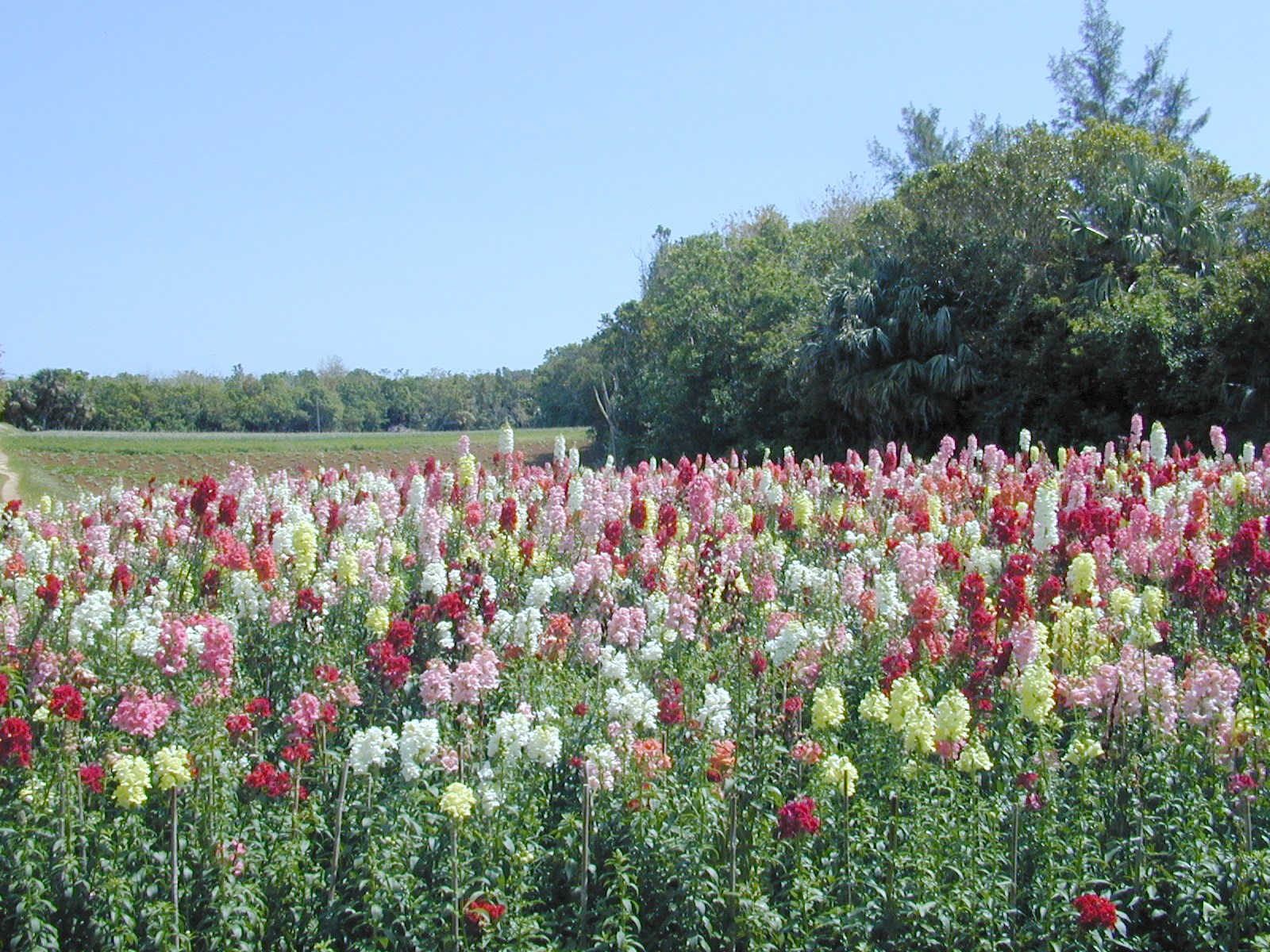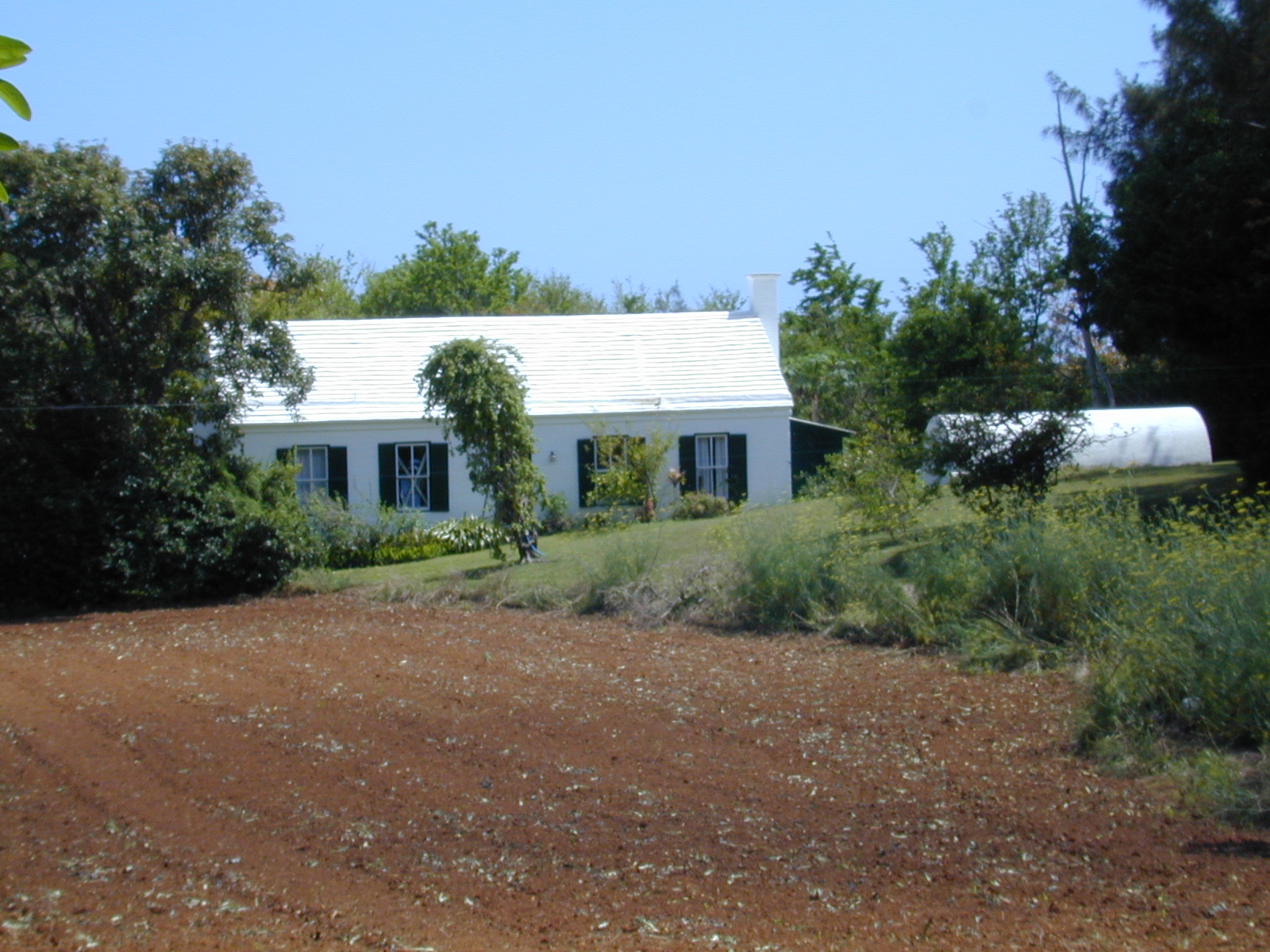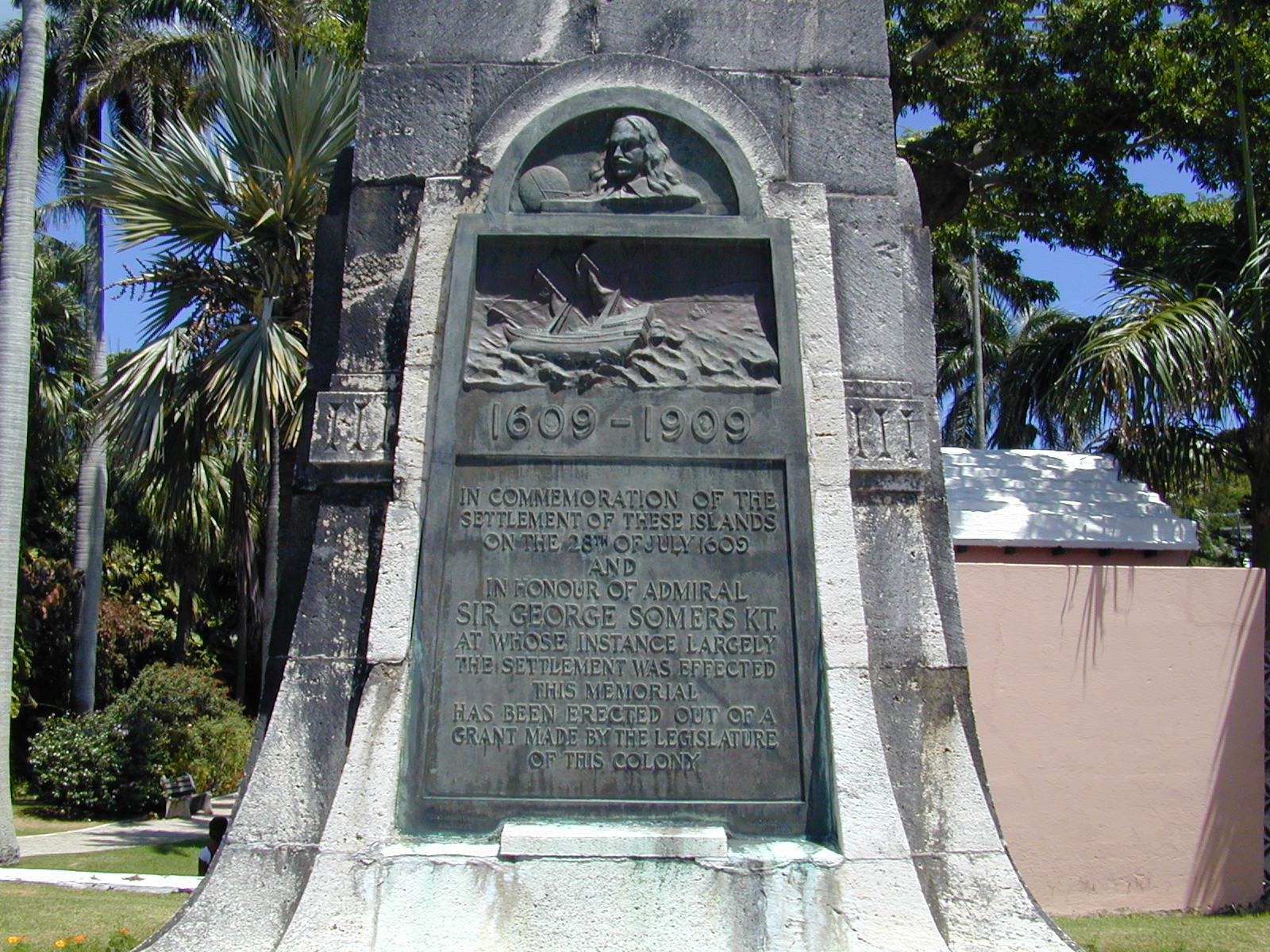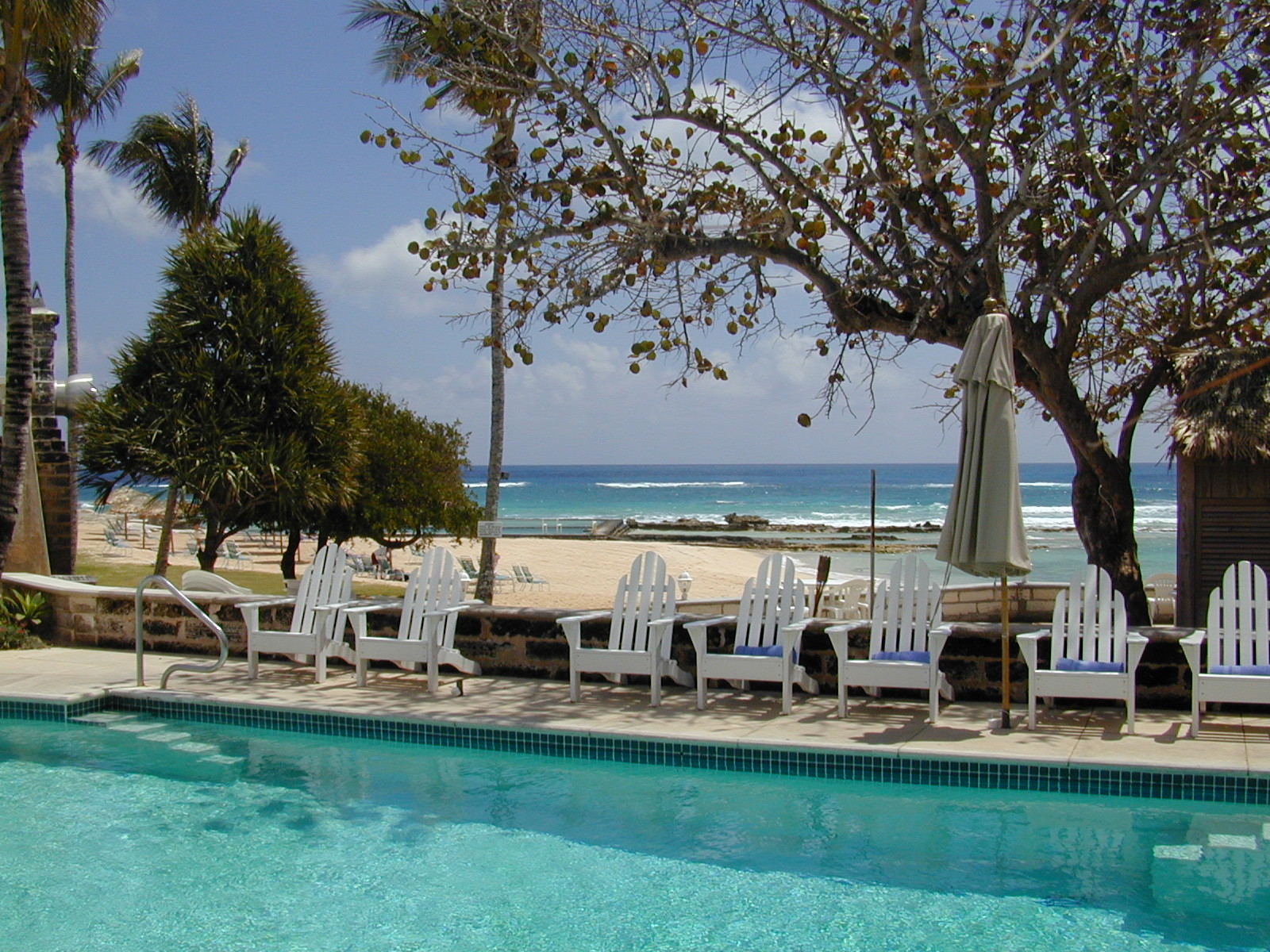Tourism in Bermuda developed gradually from the second half of the 19th century. Only a few days by sail or steam, Bermuda’s temperate climate and rustic lifestyle appealed to wealthy socialites escaping the harsh winters along the bustling eastern seaboard. The first regular steamship service from New York commenced in 1874 augmenting visitor arrivals and in 1885 The Princess Hotel opened in Hamilton and immediately became a center of social activity. Bermuda also exported fresh fruits and vegetables, Bermuda Onions and Easter Lilies back to the east coast. Portuguese farmers from Madeira and the Azores were recruited to work the fields.
Over the following hundred years, except during the World Wars, tourism became the foundation of Bermuda’s economic prosperity. Dedicated steam ships called regularly from the major metropolitan ports of New York, Boston, Philadelphia and Baltimore. Flying boats began offloading passengers at a new terminal on Darrell’s Island. In 1940, the U.S. Military began construction of Kindley Airfield on St. David’s Island. Bermuda introduced its own currency in 1970, replacing pounds and shillings with a decimal system. The Bermuda Dollar was fixed at par with the U.S. Dollar and either currency is accepted island wide. By 1980, over half a million tourists visited Bermuda each year, arriving mostly by air and staying in one of the luxury hotels or guest houses operating across the island. Since then, competition from inclusive Caribbean resorts bolstered by more efficient jet travel has eroded Bermuda’s supremacy as a vacation destination. Following trends in the industry, today most visitors to Bermuda arrive by cruise ship and contribute much less to the local economy.
As tourism declined in Bermuda, a surge of international business replaced the lost earnings, sustaining Bermudian prosperity. An American businessman named Frederic Reiss introduced the concept of captive insurance during the 1960’s and concluded that Bermuda was the ideal domicile. The island was offshore but accessible with an educated English speaking population and stable legislative and judicial systems. Bermuda helped revolutionize the insurance and reinsurance industry over the last half century and today ranks behind only London and New York in worldwide significance. Thousands of companies have been established in Bermuda, with three quarters of the Fortune 500 now having a presence. These visionaries inspired a complete Financial Services Industry that could not have been imagined a generation ago.
In 2005, Bermuda honored the Quincentennial Anniversary of discovery and in 2009, celebrated four hundred years of continuous settlement. Her Majesty Queen Elizabeth II wrote, “Bermuda’s history is a testament to the resourcefulness and resilience of the people who call Bermuda home, characteristics shown by the early settlers and throughout the ages.” Bermuda’s motto Quo Fata Ferunt means “Whither Fate Carries Us” but it has been Bermudian spirit and perseverance that has shaped Bermuda’s history, affirming a global significance that belies the island’s modest size.

